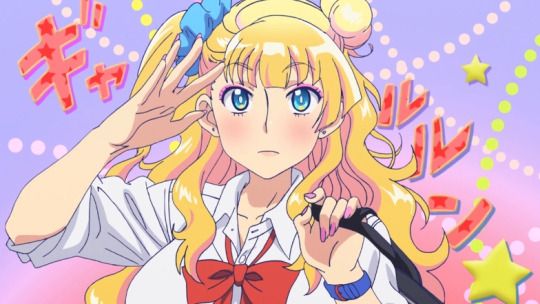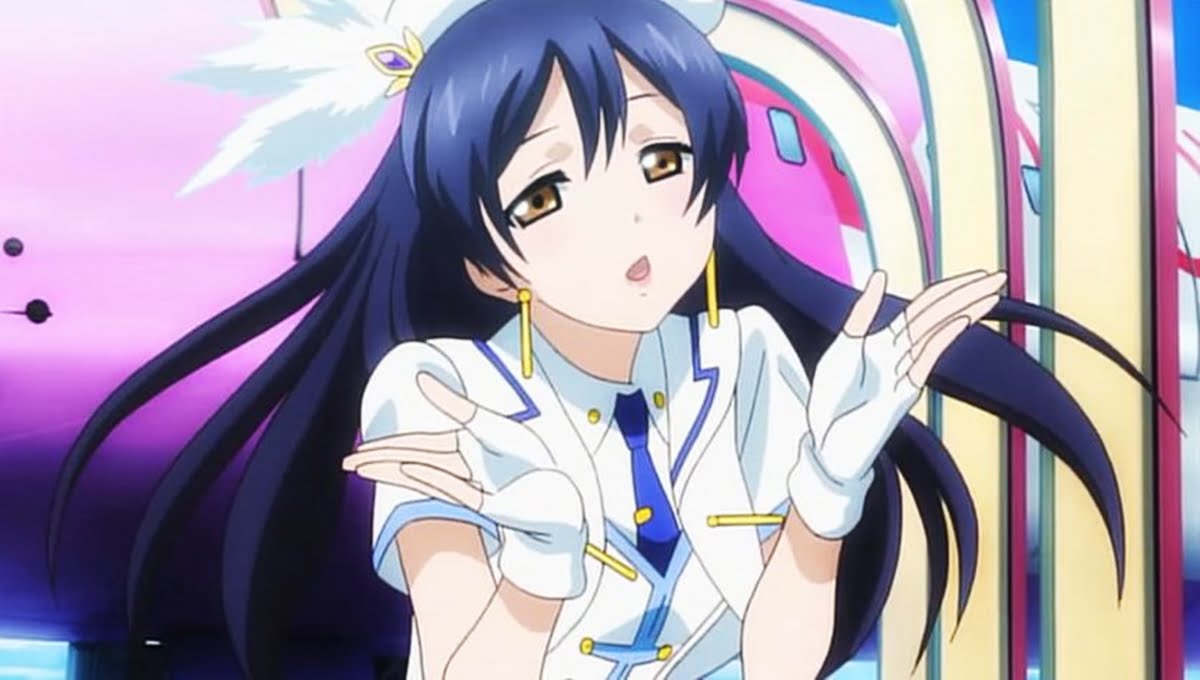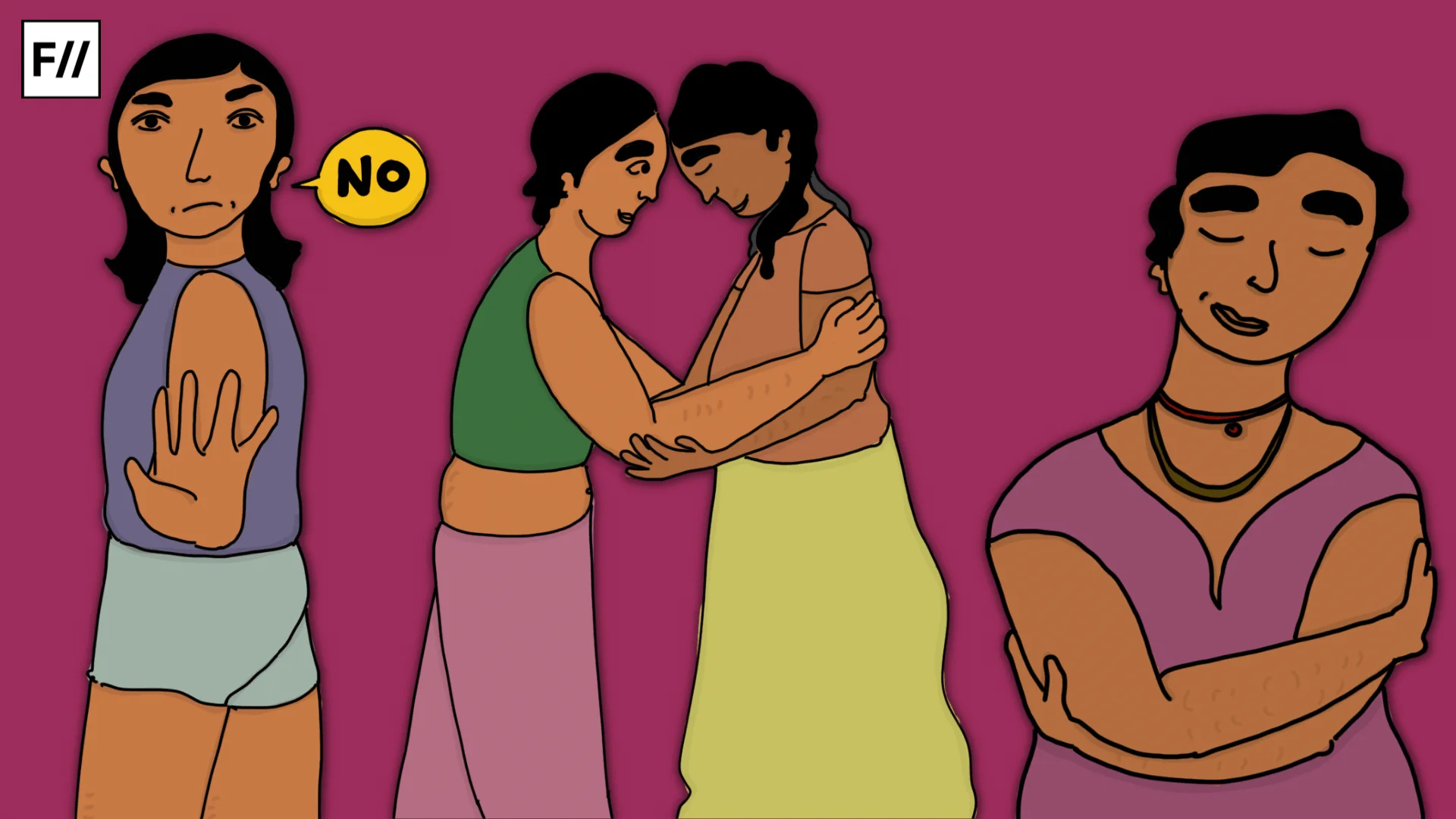Japanese anime is often chalked up to cater only to a particular demographic (ironically even within anime itself) of children. This might be because it’s hard to ignore the involvement of Shin-chan’s flippant personality and Doraemon’s daily banter in our own desi after-school childhood.
In my eight years of sticking around and exploring what Japanese anime had to offer, from fantasy to psychological and then some, I have noticed character archetypes that are studded in both these genres and beyond: The Japanese anime stock characters. Some loom in the background and some are the forerunners, and this article hopes to present a pretty inexhaustive list of female character tropes in Japanese anime. This is not to say that anime is regressive, on the contrary there is as much good content as there are problematic ones, but mainstream shows tend to raise eyebrows.
this article hopes to present a pretty inexhaustive list of female character tropes in Japanese anime. This is not to say that anime is regressive, on the contrary there is as much good content as there are problematic ones, but mainstream shows tend to raise eyebrows.
Many of them pass the Bechdel Test (must include two women, they must talk to each other, and this talk must be about something other than boys), but still push female characters in Japanese anime within elementary boundaries. For example, while the two female characters might not talk to each other about boys, most of their personal character development and focus would still be on inciting romance and keeping the other from doing so; or their sexuality might just be the only thing to offer, they stick around for ridiculous ‘fan-service’ and nothing more. “But anime has strong female leads too!” fans might cry out. I know, I do too. But addressing this ‘strength’ reveals to us the not-so-feminist aspect of Japanese anime, and this is my first category.
Also read: Hayao Miyazaki And Studio Ghibli’s Cinematic Representation Of Empowered Women
The strong female lead who must be saved from her own villainous ‘masculine’ ambition
This Japanese anime character’s trait is her strength and…absolutely nothing else. Unsurprisingly, this is what the male lead must work on as well. In order for her to gain happiness, her strength must be undermined and her supposedly inherent femininity must be brought out. Her ‘happy ending’ would be outside the so called ‘battlefield’ (oftentimes not literal), with her hair longer and her pants joining in the middle to make a dress and if not a baby in her hand, then in a stroller or in a picture on the mantle. Her ‘sly’ and ‘manipulative’ smile (their words, not mine) then becomes purely docile. The certain spin-off of this type in the Japanese anime is the girl being introduced to the audience as the smartest or the brightest or the strongest (just including all the superlatives here) but immediately losing all her authority to the mysterious male lead who takes over. Her brightness only exists as a benchmark to measure his success.
Directing this superlative degree of ‘smart’ to a specific position of a bishoujo character in Japanese anime leads us to the ‘Cold Beauty’ stereotype.
The ‘Cold Beauty’ stereotype

A tsundere is a Japanese anime character that is predominantly a girl from high society who flaunts her ‘class’ incessantly. As if in order to make her a somewhat worthy ‘enemy’ either to be defeated or to be corrected, she is given the trait of being book-smart. No other nuances are made out, she has one side and is deemed unlikable from the beginning. She is often a bully, a predator looking for easy targets in order to maintain some semblance of power, which she then gives up for ‘love’. The roles being assigned to female characters in Japanese anime under the ‘strong’ category are peculiar; either she must come from nothing and have ambition as her only trait; or she must come from riches and have the title of a tyrant. Little is to be found in between this dichotomy.
The epitome of toxic femininity
On the other end of this strength in masculinity spectrum lies the epitome of toxic femininity. Introduced to the audience with gracious music and roses all around (literally), this Japanese anime character is ‘pure’ and ‘innocent’, which coincidentally are her only charms, with a dash of kindness. The flowers that surround her might even be white, as if to emphasise the virginal chastity; her ears are to be covered when someone curses, her eyes to be closed when something inappropriate happens. She is a damsel, sometimes in distress, but she is mostly the male lead’s trauma healer. Her stereotypical ‘motherly’ nature is worrying. Not only does this end up mocking the process of healing trauma and reduces it to simply ‘listening’; more often than not, her own trauma is ignored or gets covered by the motto of “love overcomes all”. She begins as a beck and call pseudo-therapist and a resident cook, and not much changes at the end. Again, this Japanese anime character ends up being a stepping stone in order to put the spotlight on the main male lead. Her strength comes, not from an extensive good nature, but from her acceptance of social expectations of a woman.
‘Gyaru’ or ‘Gal’: The impure woman trope

Since we have looked at the ‘pure’ Japanese anime character, it is not hard to guess that there will also be an ‘impure’ woman trope. ‘Gyaru’ or ‘Gal’ is actually a fashion aesthetic, but also used to name female ‘delinquents’ so to speak. Japanese high-schools are infamous for their strict dress codes, and delinquents are showed not adhering to them, with outright bleached hair and tanned skin to start with. While male delinquents (yes, we mostly stay within gender binaries, little is to be found outside of it in mainstream anime that isn’t a caricature) are overtly violent; female delinquents are sometimes represented with their ‘feminine’ features dialed up a notch (or too many). To be a gyaru is to be explicitly sexual, of course this is determined only by the clothes you wear and gets worse the longer your nail is. Ironically, the usual twist in this Japanese anime character trope is that she is not sexual at all. She wears white panties (which will be revealed to us in a ‘panty-shot’ scene, and which is, of course, the symbol of her purity) and has no ‘experience’ with boys. It’s obvious as to what I am getting at: she is vilified for displaying her sexuality, caught between the two extremes of being a slut or being a virgin, her appearance matters more to the story than any role her personality might have to play.
To be a gyaru is to be explicitly sexual, of course this is determined only by the clothes you wear and gets worse the longer your nail is. Ironically, the usual twist in this Japanese anime character trope is that she is not sexual at all. She wears white panties (which will be revealed to us in a ‘panty-shot’ scene, and which is, of course, the symbol of her purity) and has no ‘experience’ with boys.
Also read: The Swelling Male Gaze Of Kerala’s Cartoon Culture
The Female ‘Otaku’ Japanese anime

Then of course, we have the ‘Otaku’ Japanese anime character. For context, otakus are anime/manga fans and are looked down upon in Japan: there’s a bit of a history there and are portrayed as the extremely isolated introvert (Umaru-chan can’t be included in here) bordering on ‘creepy’ almost (for more). But the female otaku trope on which I want to explicitly comment on is the obsessive ‘fujoshi’ who gets a nosebleed every time she sees a conventionally hot dude, not because she likes him, but because she fantasises about him being gay and together with another man. We have many pervy male leads getting nosebleeds when they see attractive women and fantasising about them but, and hear me out, their attraction is for themselves, it is an outright acceptance of their sexuality. In the ways fujoshi caricatures are portrayed, we can map out two happenings:
One: By directing the fujoshi’s sexuality from herself and onto other men, considering the ‘illegitimacy’ of gay relationships in many anime, it ultimately nullifies it or makes it unacceptable overall. Moreover, the self-defined ‘rottenness’ of this attraction renders this Japanese anime character problematic on many levels.
Two: Things become complicated when we consider lesbian fujoushi characters (brought to you by: Kanbaru Sugura and many others). Lesbianism is far less represented in Japanese anime than male homosexuality and sometimes fujoshi characters interacting with each other lets them explore female intimacy. But like Clarissa Graffeo suggests, while this may ‘awaken’ their sexuality or help them identify it; in anime they usually fall back into heteronormative conventions.
To conclude, I believe the ‘strong women’ character tropes in Japanese anime continue to be served within rigid moulds that quite evidently satisfy the male gaze.
Featured Image Source: Japan Today
About the author(s)
Anvi is a student of English literature who finds it condescending to divide literature into high and low, guiltlessly enjoys mangas, and uses her literary criticism skills to analyse them. She also likes to fight the patriarchy one at a time by hoping to spread more awareness about it.




